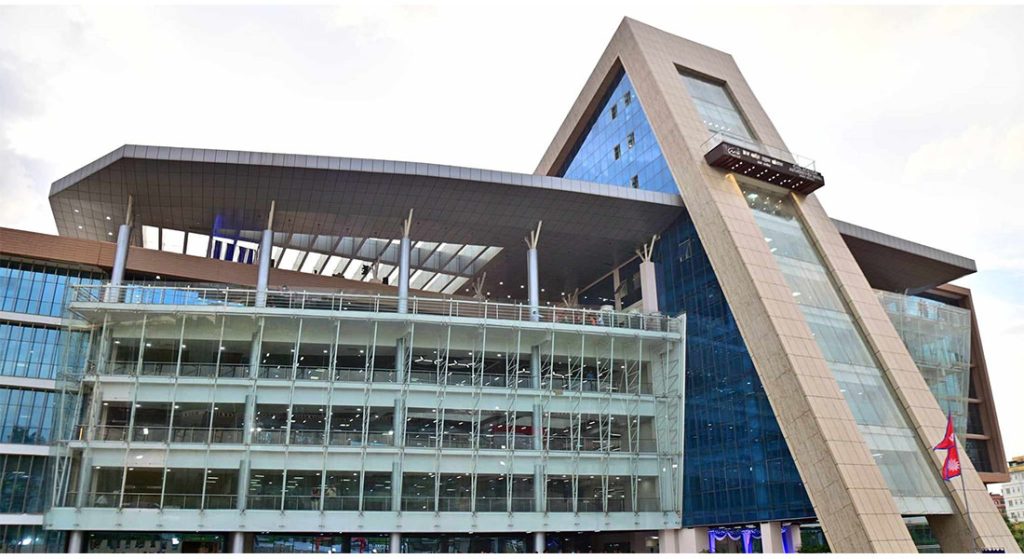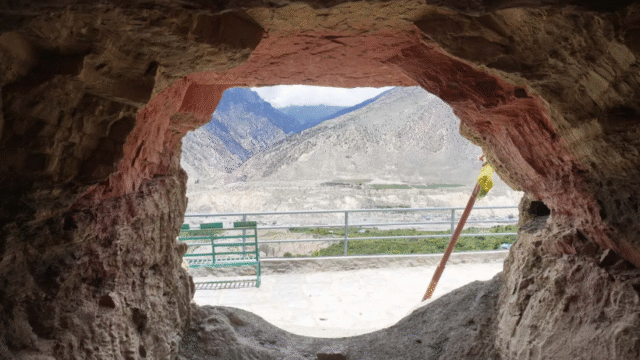To improve the safety, reliability, and organization of Nepal’s aviation sector, experts have emphasized the need to restructure the Civil Aviation Authority of Nepal (CAAN) by separating its functions into distinct service provider and regulatory bodies. This recommendation was presented during a meeting of the International Relations and Tourism Committee of the House of Representatives held today at Singha Durbar.
Former DG Highlights Need for Functional Separation
Speaking at the meeting, former Director General of CAAN, Sanjiv Gautam, stressed that the existing structure of CAAN is outdated and ineffective in ensuring aviation safety. He emphasized that while CAAN currently acts both as a service provider and regulator under one umbrella, this dual function has created institutional confusion and inefficiency.
Gautam remarked, “The issue of structural reform within CAAN has been raised repeatedly over the years and has been included multiple times in the government’s policies and programs. The process has now reached its final stage. However, simply splitting the institution isn’t enough, the ‘functional separation’ must be clearly defined, even if both roles operate under a single framework.”
He further stated that CAAN has historically placed more emphasis on service provision while neglecting the regulatory aspect, leading to gaps in aviation safety. Gautam suggested that in the proposed new structure, a panel of experts, preferably more qualified than just joint secretaries from the ministry, should be prioritized to ensure efficient oversight and decision-making.
Dr. Deepak Baskota Stresses Need for Independent Bodies
Aviation expert Dr. Deepak Baskota echoed Gautam’s views and emphasized the urgent necessity of establishing CAAN as two separate entities: one for regulatory functions and another for providing services. He asserted that such restructuring is essential to strengthen Nepal’s aviation safety system.
“CAAN cannot function in isolation. Structural reform is inevitable,” said Dr. Baskota. He urged that any legislative reforms must be well-developed and strategic to bring lasting changes to Nepal’s aviation framework.
He further expressed optimism that once the authority is restructured into two distinct entities, Nepal may be removed from the European Union’s aviation safety list, where it has been included since 2013 due to safety concerns.
Proposals for New Aviation Entities
Dr. Baskota proposed that the names “Nepal Aviation Service Authority” and “Airport Authority of Nepal” be adopted for the two new bodies to be formed after the split. He also recommended that these new authorities prioritize the inclusion of industry experts over government employees in key decision-making roles, especially within committees formed under the Aviation Service Authority.
These insights were offered during a discussion session organized by the parliamentary committee to gather feedback from experts on two crucial legislative drafts, the Civil Aviation Authority of Nepal Bill, 2081 and the Nepal Aviation Service Authority Bill, 2081.
Parliamentary Review and Legislative Progress
Both bills were officially registered in the House of Representatives on 19th Magh, 2081. They were forwarded to the subject committee for clause-wise discussion on 4th Jestha, 2082, following preliminary deliberation. Minister for Culture, Tourism, and Civil Aviation, Badri Prasad Pandey, has been leading the effort to push these bills forward in parliament.
The committee invited industry experts to provide their professional evaluations, recommendations, and observations on the content and structure of the proposed bills. These consultations are part of a broader initiative to ensure that the legislation is comprehensive, technically sound, and aligned with international aviation standards.
Committee Members Raise Inquiries on Aviation Safety
During the meeting, several committee members sought clarification from the experts on potential strategies to enhance aviation safety in Nepal. The experts responded by presenting their recommendations on the legal and operational improvements required in the aviation sector.
Chairperson of the committee, Rajkishor Yadav, shared that the interaction was organized to explore practical solutions for improving the safety and regulation of the country’s aviation services. He acknowledged that expert feedback plays a crucial role in shaping well-informed legislation.
Yadav stated, “We have gathered suggestions from experts and stakeholders regarding what measures can be taken to make Nepal’s aviation system more efficient and secure. Their recommendations will be considered seriously as we prepare for clause-wise discussions in the committee.”
He assured that the legislative process will move forward swiftly after incorporating expert feedback. Committee members unanimously agreed on the importance of concluding the bill discussions promptly to begin implementation.
A New Era for Aviation Governance in Nepal
The call for restructuring CAAN represents a critical moment for Nepal’s aviation sector. If implemented effectively, the proposed reforms will address long-standing challenges related to safety oversight, regulatory weaknesses, and institutional inefficiencies. The collaborative approach between the government, experts, and stakeholders signals a promising step toward aligning Nepal’s aviation system with international norms and restoring global confidence, particularly from the European Union and international airlines.
With legislative bills now in advanced stages and political will converging with expert consensus, the country is inching closer to a new aviation governance model that could redefine the safety, reliability, and competitiveness of Nepal’s skies.






